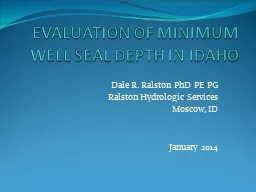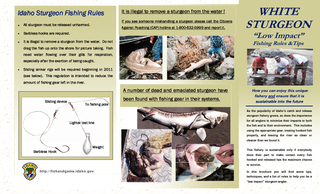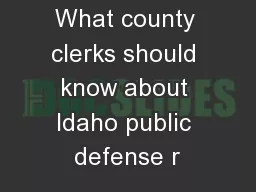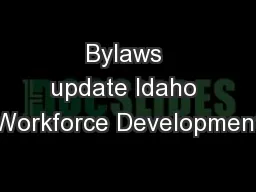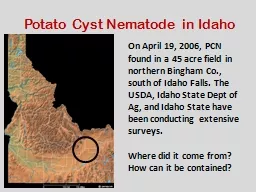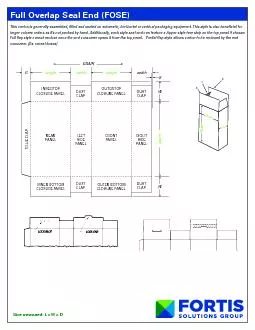PPT-EVALUATION OF MINIMUM WELL SEAL DEPTH IN IDAHO
Author : natalia-silvester | Published Date : 2019-11-24
EVALUATION OF MINIMUM WELL SEAL DEPTH IN IDAHO Dale R Ralston PhD PE PG Ralston Hydrologic Services Moscow ID January 2014 Why worry about a surface seal in a well
Presentation Embed Code
Download Presentation
Download Presentation The PPT/PDF document "EVALUATION OF MINIMUM WELL SEAL DEPTH IN..." is the property of its rightful owner. Permission is granted to download and print the materials on this website for personal, non-commercial use only, and to display it on your personal computer provided you do not modify the materials and that you retain all copyright notices contained in the materials. By downloading content from our website, you accept the terms of this agreement.
EVALUATION OF MINIMUM WELL SEAL DEPTH IN IDAHO: Transcript
Download Rules Of Document
"EVALUATION OF MINIMUM WELL SEAL DEPTH IN IDAHO"The content belongs to its owner. You may download and print it for personal use, without modification, and keep all copyright notices. By downloading, you agree to these terms.
Related Documents

